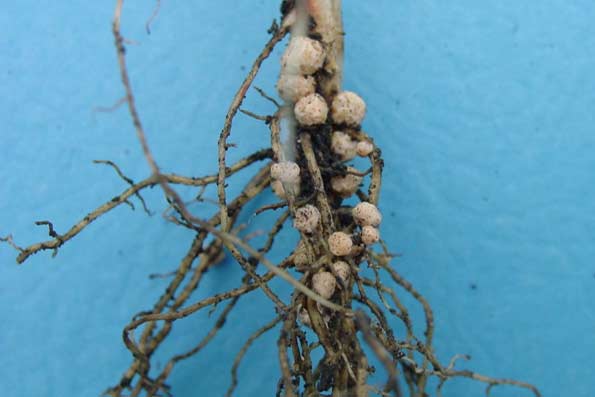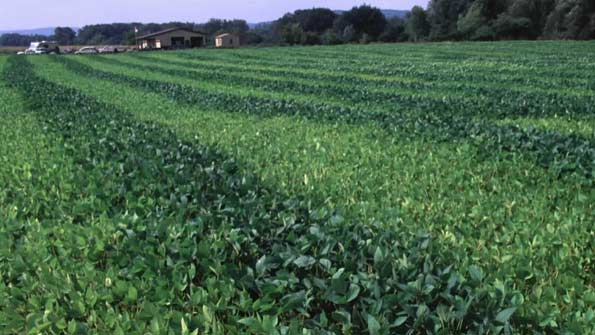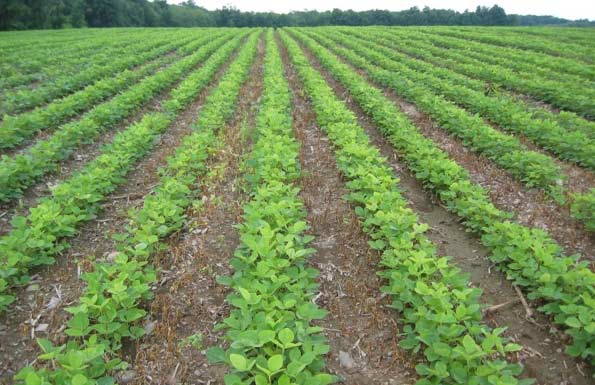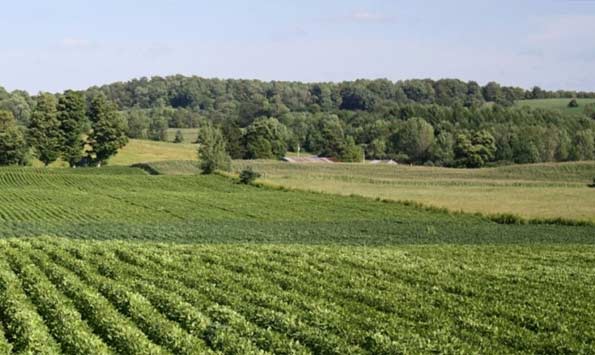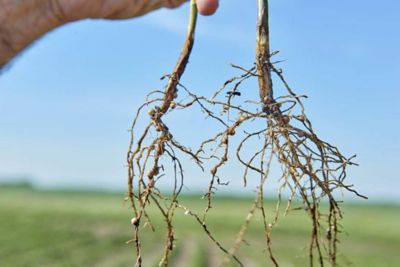Rhizobia growth, health, and activity depend on the initial population of bacteria and soil conditions that can favor or hinder their development. Several factors can reduce activity of these bacteria:
- Oxygen-limiting environments, like fully saturated soils, can reduce rhizobia activity. The bacteria are living organisms and require ample oxygen availability to be active.
- Soil pH can also affect the nitrogen production and health of the bacteria, as it does the soybeans. Soil pH < 5.6 or >8.0 creates a difficult environment for the bacteria to function efficiently.
- Survival in soils with low organic matter can be reduced due to insufficient food sources for the bacteria to live on until they adhere to the developing root hairs.
- Activity and health of bacteria can deteriorate in storage as well. Be sure the rhizobia inoculant and treated seed is stored in a cool, dry area, preferably below 77°F (25°C), to avoid heat or water damage.
- Nitrogen fixation is sensitive to soil drying. Dry conditions can lead to excess sodium in the root zone, restricting water availability to the bacteria. Use caution when applying talc seed amendments that can dry seed as well as the bacteria in the inoculant.
- Soil temperatures in the range of 40-80°F (4-27°C) are optimum for survival of rhizobia bacteria.
- Some fertilizers applied with the seed or in-furrow can be toxic to the rhizobia bacteria.
Nitrogen availability in the soil will also reduce the soybean-to-bacteria relationship. The plant may not initially need the bacteria due to excess residual nitrogen in the soil. In such cases the soybean plant will not recognize the bacteria chemical reaction, and thus will not initiate nodular tissue formation.
